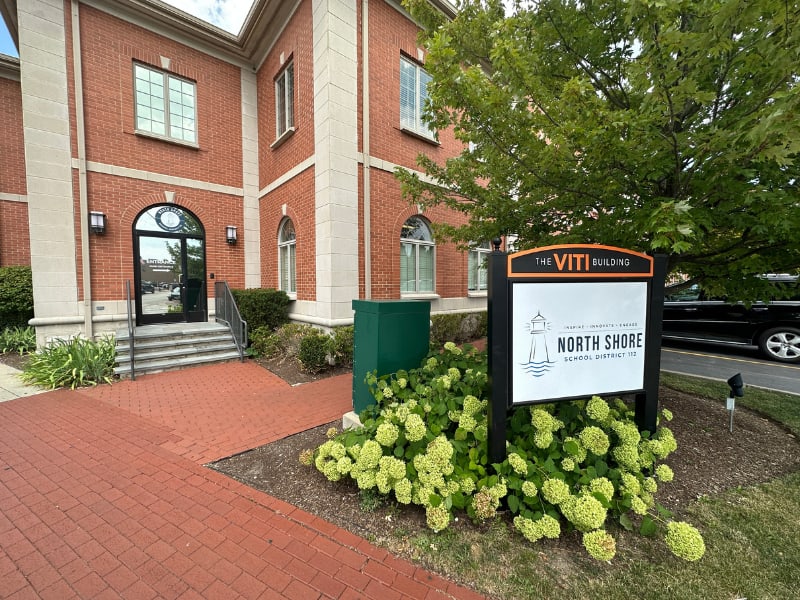Customer Story
Petroleum Building
Building owner objectives were to increase efficiency and reduce costs, allow more flexibility to maximize tenant comfort, and upgrade to an automated system with computerized controls and tracking that could be run by anyone.

Quick Facts
- Location
- Denver, Colorado
- Industry
- Commercial Real Estate
- Products
- Chillers • Controls • Building Automation Systems
- Topics
- Cost-Saving • Efficiency • Optimal Comfort
- Services
- Financing • HVAC Services • Upgrading

Once the home of a 1950’s-era office property, the historic Petroleum Building in Denver recently completed upgrades to replace obsolete and inefficient systems.
Owners of the building sought to enhance occupany rates and renew leases by creating a healthy, comfortable, productive, safe and environmentally considerate place to work. The renovations restored the HVAC system to its original intended design and added computerized controls and tracking. Key benefits of the improvements are reduced energy use and more flexibility to address tenant comfort issues. The upgrades are expected to provide $117,000 in annual energy and operating cost savings.
Challenge
The Petroleum Building challenges were twofold. The owners were 100 percent reliant on their engineer to run the entirely manual HVAC system, leaving the building vulnerable in his absence—nor was the system easily adaptable to changing weather. The operator could choose to heat or to cool the building, but could not do both in different areas at the same time. This created temperature issues, particularly during seasonal transitions.
Building owner objectives were to increase efficiency and reduce costs, allow more flexibility to maximize tenant comfort, and upgrade to an automated system with computerized controls and tracking that could be run by anyone.
Solution
A Trane Turnkey Contracting solution backed by a Performance Guarantee allowed owners of the Petroleum Building to leverage efficiencies to finance the initial renovation investment. A detailed site survey was completed, historical energy billing data gathered, and the information was benchmarked against other relevant buildings to validate the savings potential of energy conservation measures.
To reduce cost and increase efficiency, the temperature controls were overhauled, valves and pumps replaced, and variable frequency drives and piping modifications completed. A boiler plant was added to replace the expensive city steam supply and the chiller was also replaced. Lighting retrofits were installed to improve quality and reduce electrical usage.
A building automation system (BAS) with direct digital controls ensures consistent lighting and effective temperature control thoughout the building. With the BAS, the building engineer has the ability to respond to alarms, view reports and evaluate trends.
A Trane Scheduled Service Agreement prolongs the useful life of the systems, reducing costly repairs and improving performance. This assures building owners that all required maintenance is being performed as scheduled to protect their long-term investment.
Results
Solid building improvements were performed to overcome the challenges facing the Petroleum Building. The up-front building improvements were financed with energy and operating cost reductions, expected to save $117,000 annually, with an eleven-year payback. Additional operating and maintenance savings provide significant value, while also retaining and extending tenants.
"So far the results are good," said Tim Borst, building co-owner. "Our system has been restored to its original design. With the computerized controls we have more heating and cooling flexibility, and no longer need to rely solely on our engineer to manually control everything. We are continuing to monitor our performance and adjusting as needed."
About the Petroleum Building
When it opened in 1957, the Petroleum Building was Denver’s tallest building and housed the biggest oilman’s club in the world with 1,100 members. It was a mid-century modernist high-rise with austere lines designed by Denver architect Charles Strong. The oil and gas industry was booming in the Rocky Mountain region, and Denver was the regional oil capital. At one time, thirty-three oil companies had offices in the building. Built to last, the building boasts two bomb-resistant stairways and a heavily reinforced basement.



